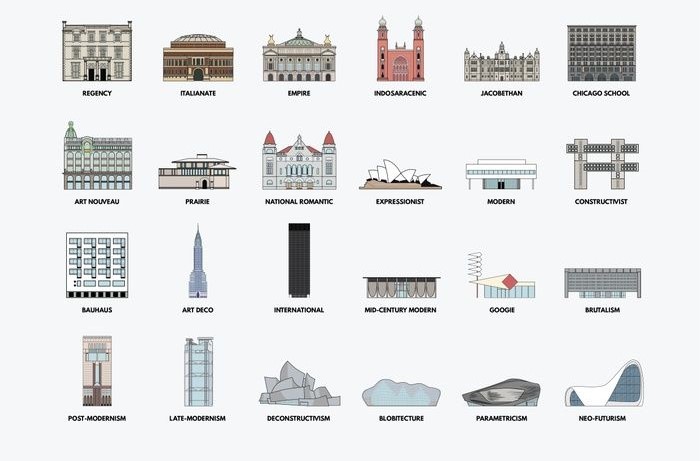Why Minimalism is Trending in Interior Architecture: Embracing Simplicity and Space

In a world increasingly cluttered with information, objects, and distractions, minimalism emerges as a breath of fresh air in interior architecture. This trending design philosophy champions simplicity, functionality, and the intentional use of space, offering a serene antidote to the chaos of modern life. Minimalism isn’t just a style; it’s a mindful approach to living, reflected in the spaces we inhabit. Through this lens, we explore why minimalism is captivating the hearts and minds of designers and homeowners alike, marking a return to the essentials of good living.
Historical Context of Minimalism
The minimalist movement has its roots in the visual arts of the early 20th century, where artists began to explore the idea of reducing their work to the essential elements of form and color. This philosophy gradually permeated architecture and interior design, championed by architects like Ludwig Mies van der Rohe, who famously adopted the mantra “less is more.” The movement gained momentum in the latter half of the century, evolving into a design ethos that emphasized clarity, simplicity, and the intrinsic beauty of materials and space. Today, minimalism stands as a testament to the power of subtraction, where removing non-essential elements results in a focus on what truly matters.
Principles of Minimalist Design
Minimalist interior architecture is grounded in a few key principles that guide the creation of serene, functional spaces. These principles include:
- Simplicity: Stripping down to the essentials to create a clean, uncluttered environment. This involves choosing quality over quantity and letting each element have purpose and place.
- Functionality: Every design element must serve a purpose, eliminating decorative objects that do not add functional value. Furniture and fixtures are chosen for their utility as much as for their aesthetic appeal.
- Space: Emphasis on open, breathable spaces that promote tranquility and movement. Negative space is just as important as the objects within it, allowing the architecture itself to become the focal point.

Benefits of Minimalism in Interior Architecture
Adopting a minimalist approach to interior design offers numerous benefits, from enhancing the visual appeal of a space to improving its occupants’ mental well-being:
- Aesthetic Clarity: Minimalism celebrates the beauty of simplicity and understated elegance, creating spaces that are visually calming and universally appealing.
- Enhanced Functionality: By focusing on the essentials, minimalist spaces are designed for efficiency and ease of use, making daily routines smoother and more enjoyable.
- Mental Clarity and Well-being: A clutter-free environment contributes to a clearer mind and reduced stress levels. Minimalist spaces promote a sense of peace and concentration, improving overall mental health.
Challenges of Implementing Minimalism
While the benefits of minimalism are clear, embracing this design philosophy comes with its set of challenges:
- Perception of Coldness or Sterility: Minimalism is often mistakenly associated with cold, impersonal spaces. Overcoming this misconception involves careful selection of materials, textures, and colors that add warmth and personality without compromising simplicity.
- Discipline in Decluttering: Maintaining a minimalist space requires ongoing commitment to decluttering and resisting the accumulation of unnecessary items. It’s about making intentional choices and regularly evaluating what truly adds value to your life and space.
Minimalism in Practice: Case Studies and Examples
To truly appreciate the impact of minimalism, let’s consider a few examples:
- The Barcelona Pavilion: Designed by Mies van der Rohe, this structure is a prime example of minimalist architecture, emphasizing open space, clean lines, and the harmonious blend of natural and man-made materials.
- Juvet Landscape Hotel: Nestled in the Norwegian wilderness, this hotel features minimalist design that complements its natural surroundings, demonstrating how minimalism can enhance rather than compete with the environment.
Conclusion and Call-to-Action
Minimalism in interior architecture is more than a trend; it’s a timeless approach that champions simplicity, functionality, and the beauty of space. By embracing minimalism, we can create environments that not only look stunning but also foster tranquility, productivity, and well-being.
If you’re inspired to bring the principles of minimalism into your own space, consider starting with one room and experiencing the transformative power of simplicity first-hand. Remember, minimalism isn’t about having less for the sake of it; it’s about making room for more of what truly matters.
Cluttered spaces leading to increased anxiety and difficulty in focusing or relaxing.


